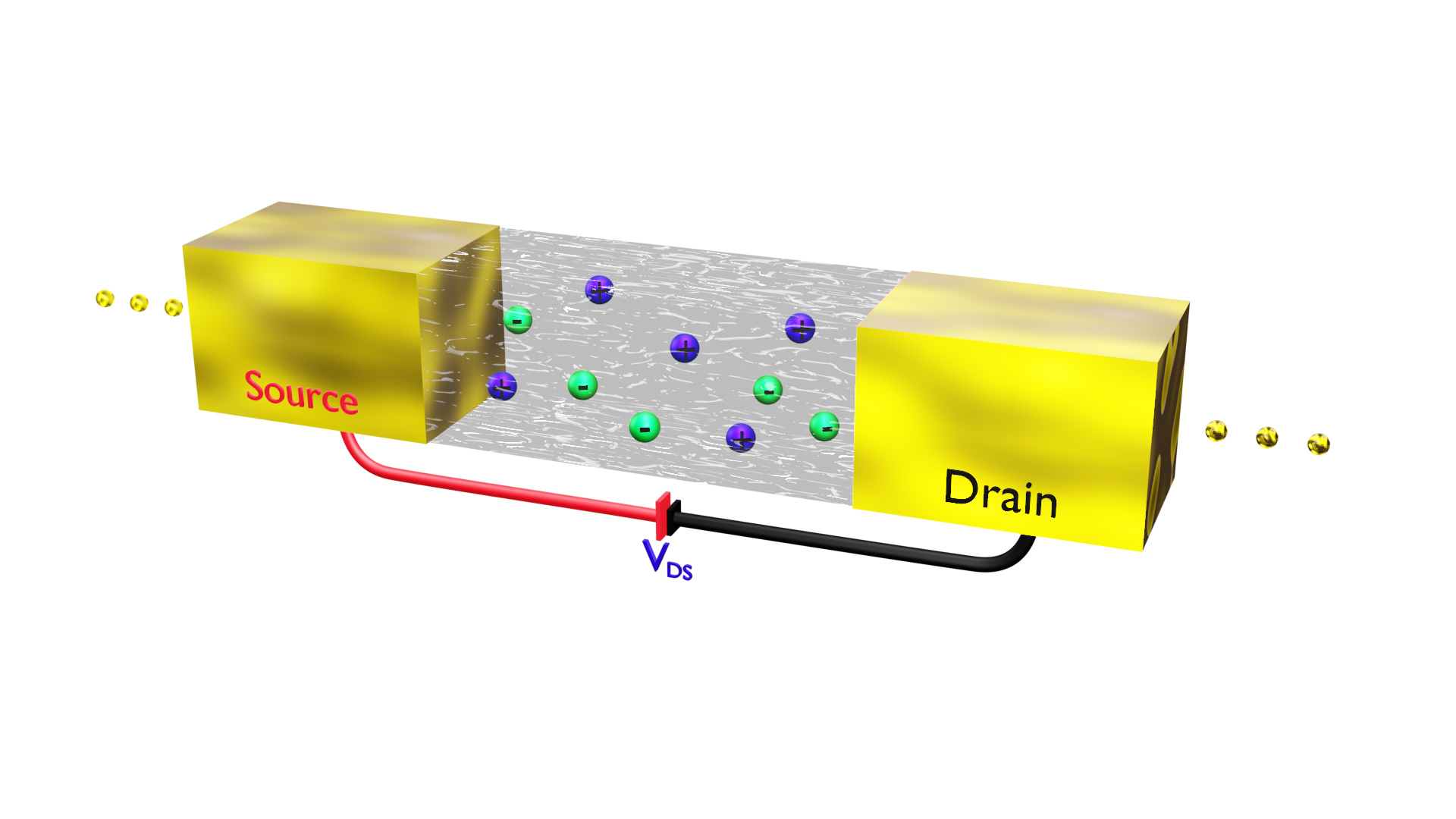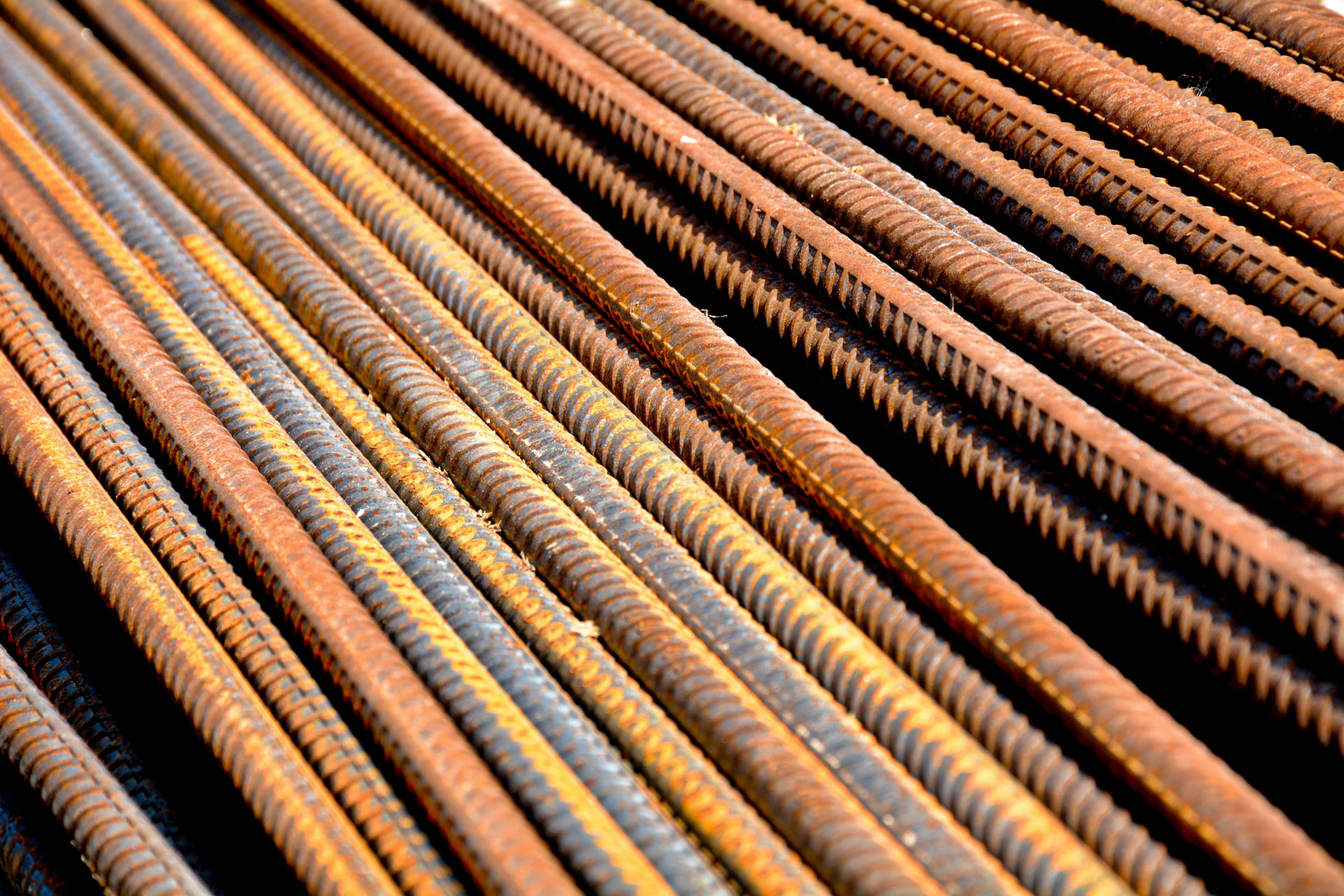Dr Ernane de Freitas Martins
The use of molecular modelling to investigate the performance of corrosion inhibitors can provide significant gain to the proposal of new and more efficient inhibitors. Although its use has increased over the last few years, the most commonly used models still do not consider some important aspects, such as solvent effects and the stability of the proposed inhibitors when a potential is applied. To address these gaps, we propose using a new approach that combines density functional theory (DFT), non-equilibrium Green's functions (NEGFs), and a quantum mechanics/molecular mechanics (QM/MM) method to include a realistic number of solvent molecules. Our project’s end goal is the best characterisation thus far of the metal/solvent/corrosion inhibitor interface.
 Figure 1: Sketch of an electronic transport setup as implemented in the NEGF formalism. Left (source) and right (drain) electrodes (the three dots illustrates each electrode’s semi-infinite character) with an intermediate aqueous solution containing positive and negative ions. A potential difference, VDS, is illustrated between the source and drain electrodes.
Figure 1: Sketch of an electronic transport setup as implemented in the NEGF formalism. Left (source) and right (drain) electrodes (the three dots illustrates each electrode’s semi-infinite character) with an intermediate aqueous solution containing positive and negative ions. A potential difference, VDS, is illustrated between the source and drain electrodes.
The project was conducted in conjunction with the Catalan Institute of Nanoscience and Nanotechnology (ICN2, Spain).

Corrosion and Inhibition
Corrosion inhibitors, corrosion of steel pipes in a soil environment, photocatalysts for CO2 hydrogenation, nano-sensing, optical sensing.